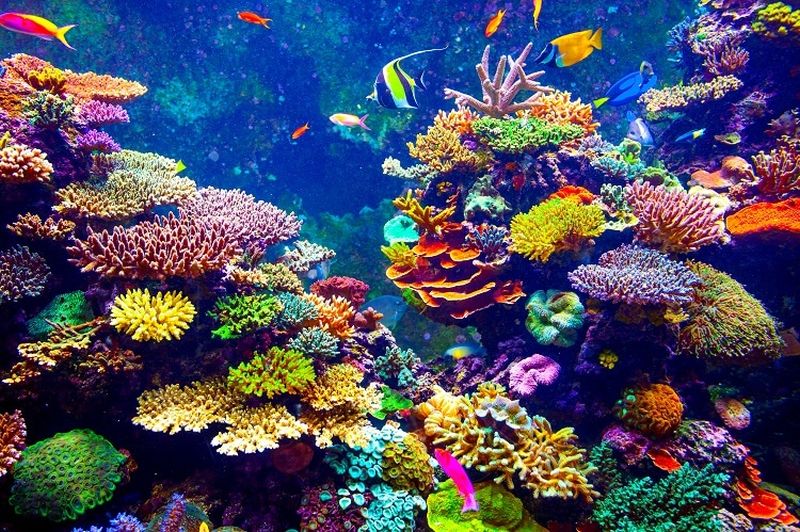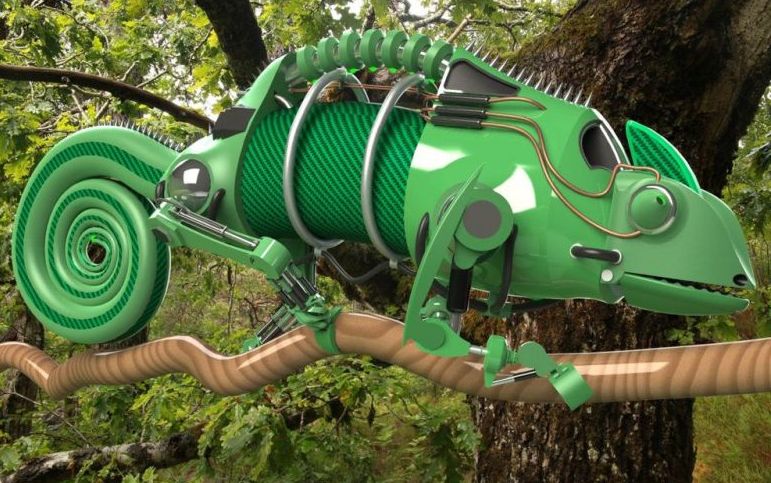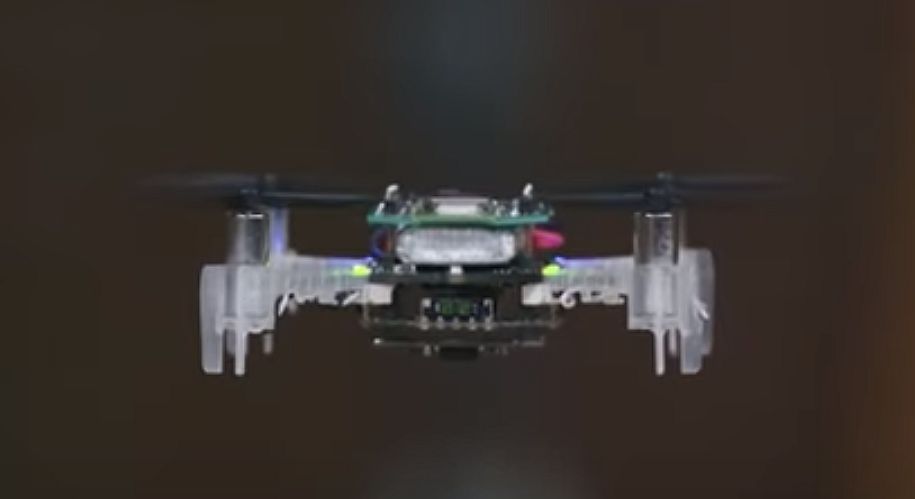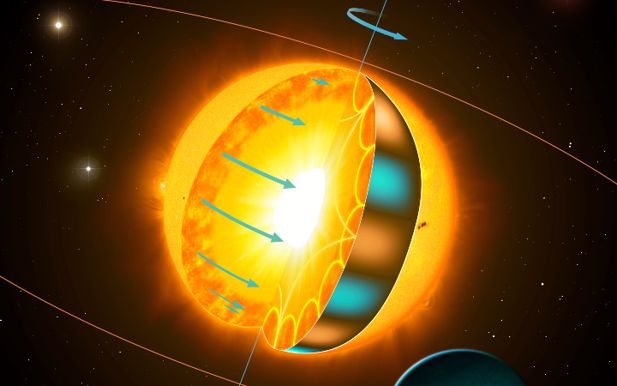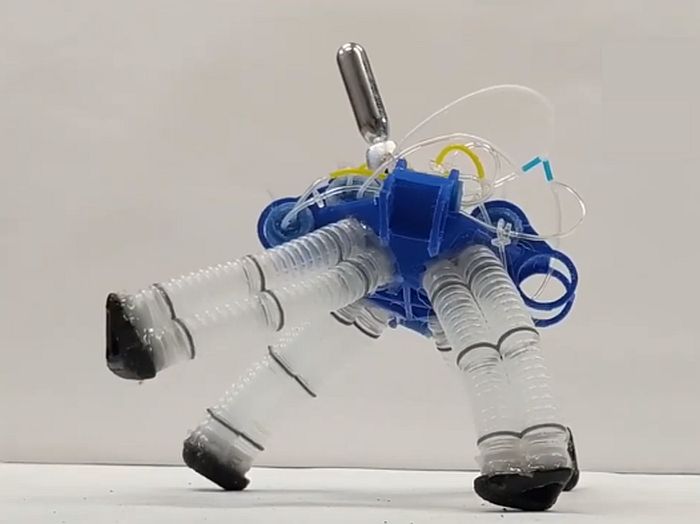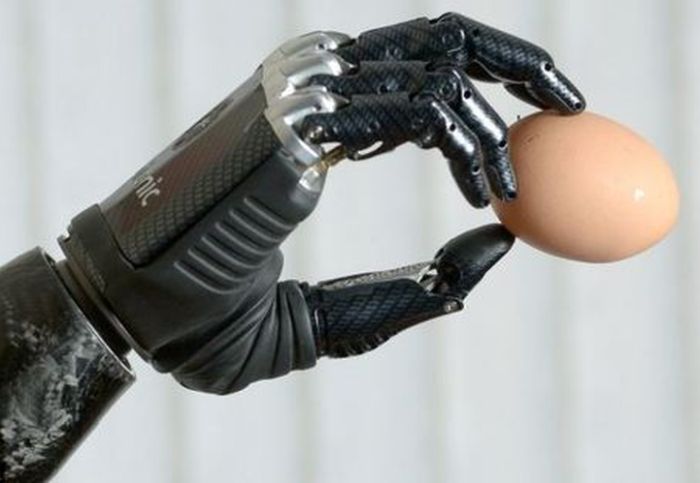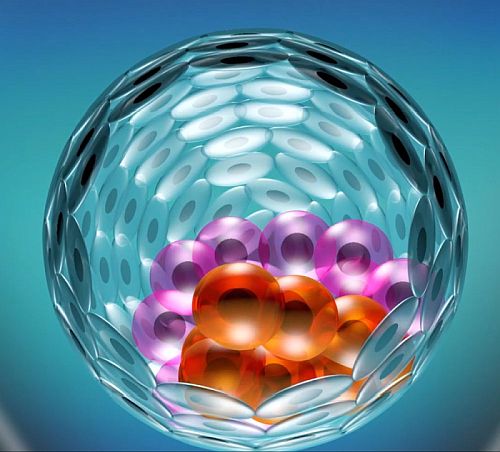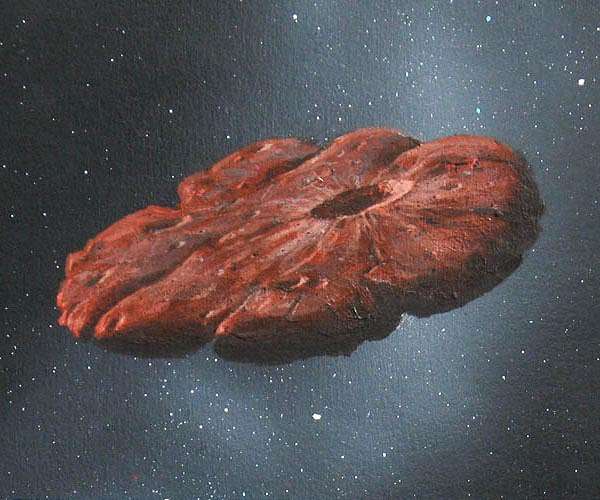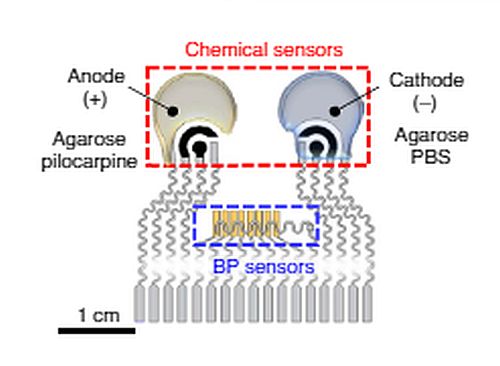Coral reefs harbour the highest biodiversity of any ecosystem globally. Constant rise in temperature is causing havoc to marine life as well. Coral reefs across the globe are suffering from bleaching and mass mortality due to warming ocean temperatures. Recent research by King Abdullah University of Science and Technology (KAUST) shows probiotic treatment can boost coral health.
Read MoreTag: research
Chameleon Inspired Next-Generation Artificial Camouflage: Biomimicry
To depict natural camouflage characteristics via artificial camouflage at device level has remained a challenge since decades. However, researchers at Seoul National University have developed an artificial camouflage that can adapt and blend with its surroundings. A defense strategy as seen in the case of chameleon that changes its appearance to avoid predators.
Read MoreBook Review: I Contain Multitudes by Ed Yong
Ed Yong’s masterful journal, I Contain Multitudes happens to be my first microbiology book that I decided to hang out with. And it didn’t let me down, in fact, the book offers a fascinating glimpse into the world of microbes.
Read MoreFruitflies Inspired Tiny Drones To Locate Gas Leak Source: Biomimicry
Biomimicry is not only shaping sustainable designs but it’s also revolutionizing the robotic technology. Researchers today are picking up learning from animal and insect kingdom to develop locomotion and structures in their labs.
Read More256 Qubit Programmable Quantum Simulator: Computing Revolution
An international team of researchers from the Harvard-MIT Center for Ultracold Atoms and other universities has created a programmable quantum simulator. The newly developed quantum computer operates on 256 quantum bits unlike its predecessor, which was on 51 qubits.
Read MoreInterview: Dr. Song Chaoyang, Assistant Professor at Southern University of Science and Technology China
Dr. Song Chaoyang is an Assistant Professor, Southern University of Science and Technology (SUSTech) China. His Bionic Design + Learning Lab conducts research in Bionic Design, Robot Learning and Design Science. His team’s vision is to create advanced robotic systems that are sustainable and intelligent.
Read MoreStars Spin Faster as They Age: Weakened Magnetic Braking
Stars are the building blocks of galaxies. Turbulence, that is, the result of chaotic changes in pressure and velocity deep within the dust clouds gives rise to some mass. This “mass” results in stellar gravity due to which, the peripheral dust and gas start to disintegrate under its own gravitational attraction. And hence, star formation takes place.
Read MoreInterview: Dr Dylan Drotman, Robotics Engineer at University of California San Diego
It’s our honor to have Dr Dylan Drotman from University of California San Diego with us today. Dr Drotman’s research interests focus on the design, modeling, fabrication, and actuation of physically soft robots that are powered by air or water. He obtained his B.S., M.S., and Ph.D. in Mechanical Engineering at University of California San Diego. He has also been a Guest Lecturer in Experimental Robotics, Soft Robotics and Computer Aided Design & Analysis.
Read MoreElectronics Free Quadrupedal Robot: Pneumatic Efficiency
Researchers at the University of California San Diego have come up with an innovative approach in creating soft bot that is devoid of any electronics. Rather it is an air powered robot. All its controls and locomotion are done with the help of pressurized air.
Read MoreSoft Artificial Tactile Sensor for Robots: Electronic Skin
In a collaborative research co-led by City University of Hong Kong scientists have created an innovative tactile sensor that resembles the characteristics of human skin. Mounted at the fingertip, the sensor is capable of holding delicate objects and thread a needle.
Read MoreSkin Cells Reprogrammed into Early Embryos: Stem Cell Research
In an interesting research, scientists made an unbelievable attempt of creating early human embryo from skin cells! An international team of researchers led by Monash University Australia has developed a model that resembles human embryo from skin cells.
Read MoreOumuamua was Scrapped from a Pluto-like Planet: Messenger from Afar
Oumuamua was name given to the mysterious interstellar object that passed through our solar system in 2017. What’s special about this object was, it happened to be the first that had come from ‘outside’ our solar system.
Read MoreSuper Strong Artificial Muscles: Interactive Soft Robotics
An Italian team of researchers lead by Prof. Marco Fontana, in collaboration with the departments of Industrial Engineering of the Universities of Trento and Bologna, have created an Electrostatic Bellow Muscle (EBM) to fabricate efficient small-scale robots. The innovative robotic muscle has potential of powering itself for a long period of time beyond its preliminary charge.
Read MoreInterview: Professor Sheng Xu, Nanotech Scientist at University of California San Diego
It’s our honour to have Professor Sheng Xu from University of California San Diego with us today. Dr Xu’s research interests focus on the understanding of the electrical and mechanical behaviors of inorganic materials when they are engineered into a soft format; which can further be morphed into soft electronics, nano electronics and energy harvesting/storage devices. He obtained his B.S. in Chemistry and Molecular Engineering from Peking University in Beijing, China in 2006. While he received his Ph.D. in Materials Science and Engineering in 2010 at Georgia Institute of Technology,…
Read MoreOne Epidermal Patch to track Cardiovascular and Multiple Biomarkers: Wearable Microelectronics
Monitoring cardiovascular signals and multiple biochemical levels together on one tiny wearable patch has always been a far-fetched dream in the nanotech world. Scientists across the globe are still trying to figure it out however, researchers at the University of California San Diego have done something extraordinary in soft, stretchy skin patch.
Read More
